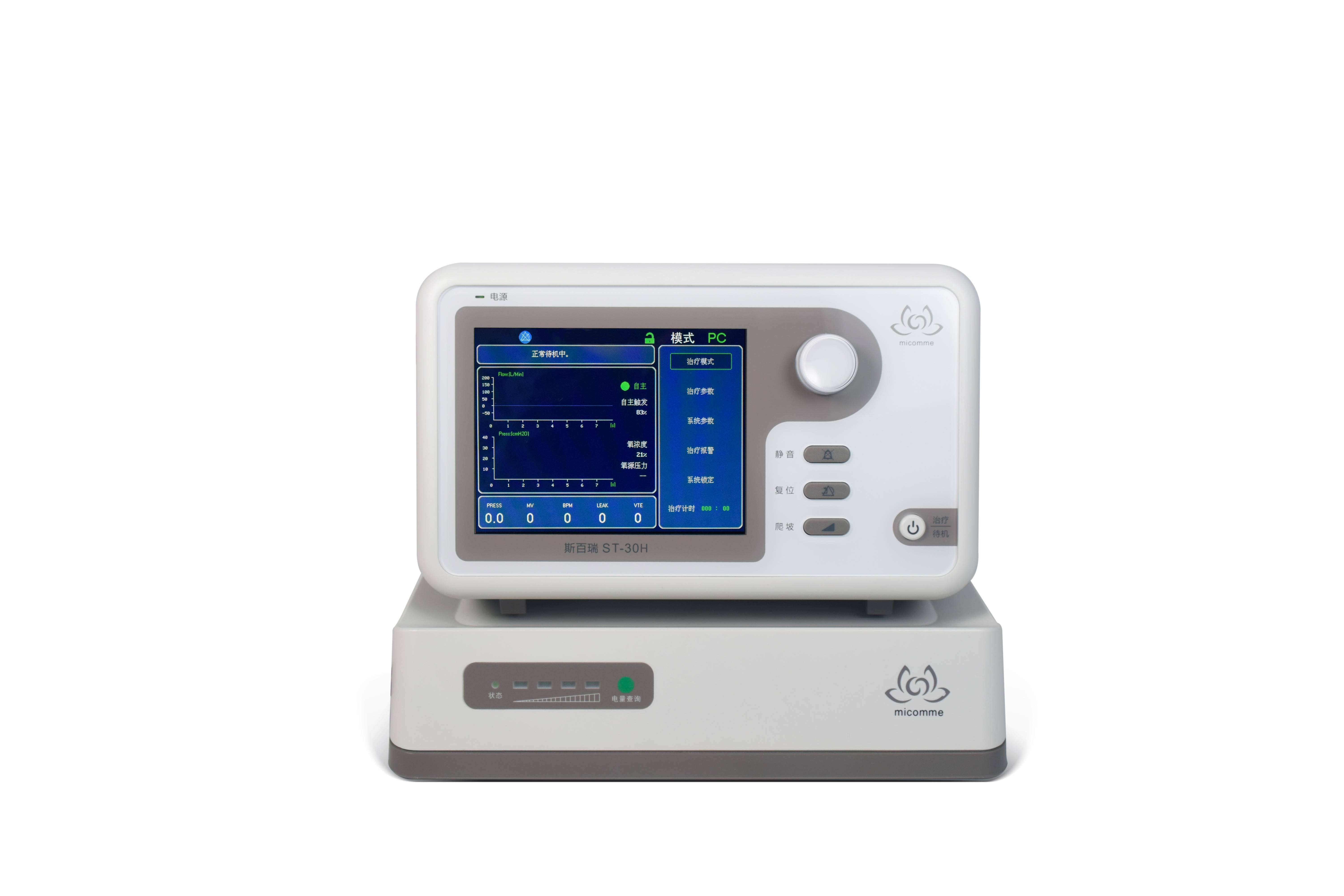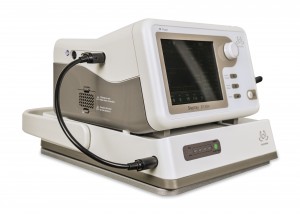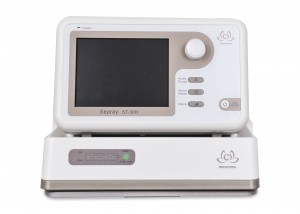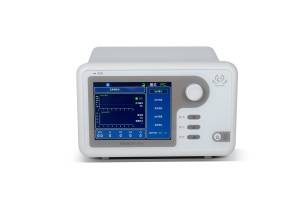Non-invasive ventilator ST-30H for hospital use
Description
Non-invasive ventilation (NIV) supports the patient's breathing without the need for intubation or a tracheotomy. NIV delivers effective therapy with less risk of infection and improved survival in patients with respiratory failure
Non-invasive ventilation (NIV) is ventilator support given to patients without the use of an endotracheal tube. It results in the potential complications of invasive mechanical ventilation being avoided. It also helps to deliver cost-effective therapy with decreased length of stay in the ICU and an improved chance of survival.
Applications
Chronic Obstruction Pulmonary Disease: The use of non-invasive ventilation (NIV) to support patients during acute decompensated respiratory failure secondary to an exacerbation of chronic obstructive pulmonary disease has unequivocal evidence of benefit in terms of reduction in the need for intubation, length of hospital stay and mortality.
Acute respiratory failure: Non-invasive mechanical ventilation has been increasingly used to avoid or serve as an alternative to intubation. Compared with medical therapy, and in some instances with invasive mechanical ventilation, it improves survival and reduces complications in selected patients with acute respiratory failure.
Effective
AST-Premium technology will monitor patients’ every single respiration, response immediately to synchronize patients’ breath through sensitivity trigger by detecting flow, pressure and waveform changing.
Automatic-Sensitivity technology provide the doctor convenience no need to set the sensitivity manually, and lower down patient’s respiratory power.
- Trigger sensitivity: support automatic trigger and 3 levels trigger sensitivity adjustment. The lower the trigger sensitivity is, the less work the patient needs to do to trigger, and the easier the ventilator is to trigger.
- Withdraw sensitivity: support automatic withdraw and 3-level withdraw sensitivity adjustment. The lower the sensitivity, the less work patients need to do to remove the ventilator, and the easier it is to remove the ventilator.
Specifications
|
Parameter |
ST-30H |
|
Ventilation mode |
S/T, CPAP, S, T, PC, VAT |
|
Oxygen concentration |
21%~100%, (increment by 1%) |
|
Screen size |
5.7 Inch color screen |
|
Waveform display |
Pressure/flow |
|
IPAP |
4~30cm H2O |
|
EPAP |
4~25cm H2O |
|
CPAP |
4~20cm H2O |
|
Target tidal volume |
20~2500mL |
|
Backup BPM |
1~60BPM |
|
Backup time |
0.2~4.0S |
|
Rise time |
1~6 level |
|
Ramp time |
0~60min |
|
Ramp pressure |
CPAP mode: 4~20cm H2O Other mode: 4~25cm H2O |
|
Pressure relief |
1~3 level |
|
Spontaneous Timin |
0.2~4.0S |
|
Spontaneous Timax |
0.2~4.0S |
|
I-Trigger setting |
Auto, 1~3 level |
|
E-Trigger setting |
Auto, 1~3 level |
|
Trigger lock |
Off, 0.3~1.5S |
|
Flow of HFNC mode |
N/A |
|
Max flow |
210L/min |
|
Max leak compensation |
90L/min |
|
Method of pressure measure |
The pressure testing tube is on mask side |
|
Alarms |
Apnea|Disconnection|Low minute volume|Low tidal volume|Power off|Over high pressure|Oxygen unavailable|Excessive oxygen pressure supply|Low oxygen pressure supply|Pressure tube off|Turbine dysfunction|Oxygen sensor failure|Air flow sensor failure|Low pressure|Low battery|Battery depleted |
|
Apnea alarm range setting |
0S, 10S, 20S, 30S |
|
Disconnection alarm range setting |
0S, 15S, 60S |
|
Real-time monitoring data |
Present oxygen concentration|Oxygen source pressure|Pressure|Ventilation per min|Respiratory rate|Current leakage|Current volume|Trigger method |
|
Other settings |
Screen lock|Display brightness| Flow|Pressure| Waveform |
|
Backup battery |
8 hours |











